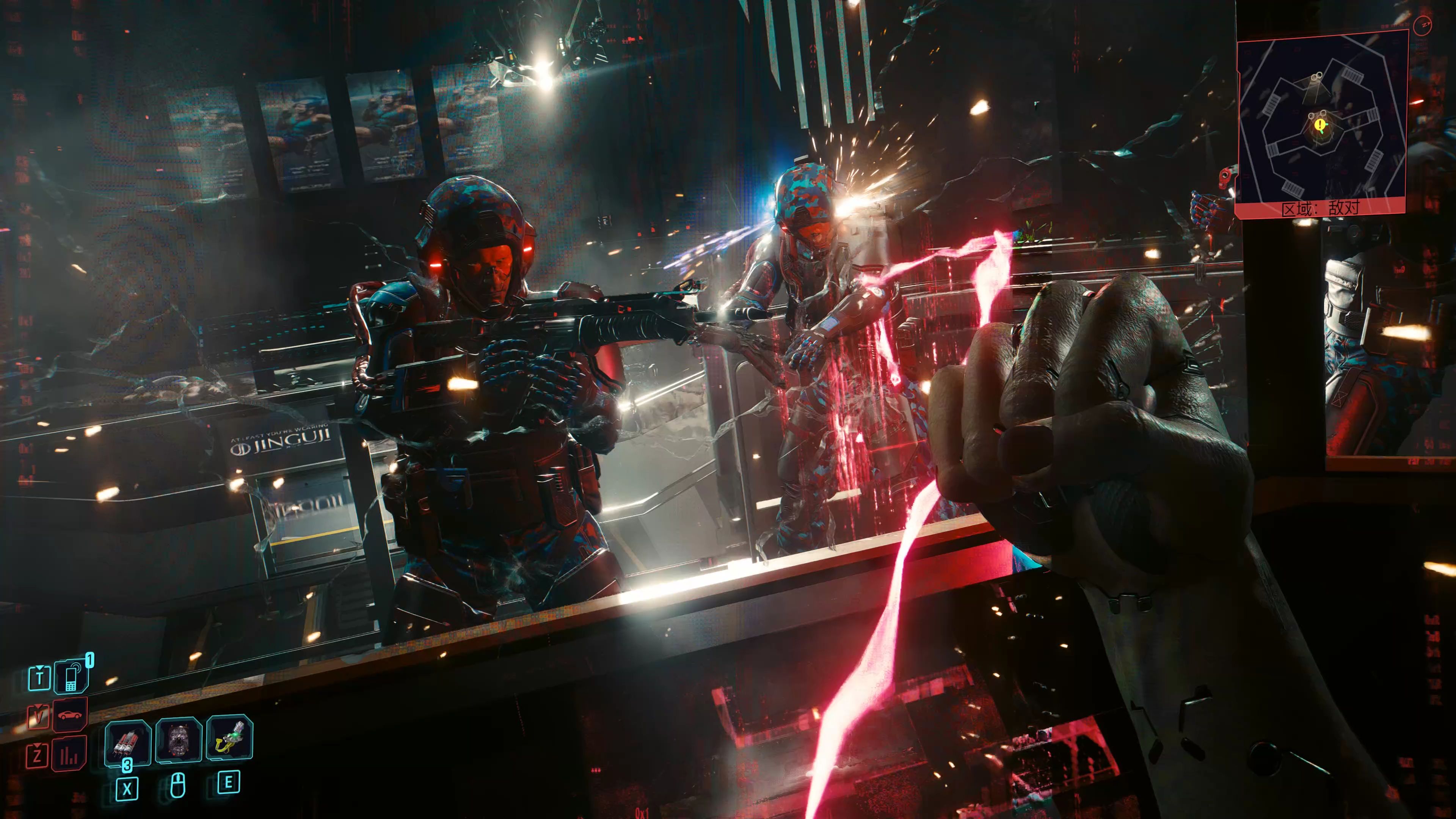The Legal Teams Behind Reviewing AAA Game News Content
In the high-stakes world of AAA game development, where budgets soar into the hundreds of millions and marketing campaigns are as meticulously crafted as the games themselves, there exists a critical, yet often overlooked, gatekeeper: the legal team. While gamers eagerly consume previews, reviews, and gameplay reveals, a complex legal machinery operates behind the scenes to ensure that every piece of public-facing content aligns with corporate strategy, protects intellectual property, and mitigates risk. The process of reviewing game news content is not merely a formality; it is a fundamental aspect of modern game publishing, balancing the excitement of promotion with the rigid demands of the law.
The role of these legal teams extends far beyond simple contract review. They are integral to the entire marketing and public relations lifecycle of a blockbuster title. Their involvement begins the moment a game is officially announced, or even before, during negotiations with influencers, media outlets, and advertising partners. Non-Disclosure Agreements (NDAs) and embargo agreements are the first line of defense. These documents, crafted by legal counsel, are designed to control the flow of information with surgical precision. They specify exactly what can be discussed, when it can be revealed, and what the consequences are for violation. A well-drafted embargo ensures a coordinated media blitz, maximizing impact while preventing any single outlet from spoiling major plot points or features prematurely.
As development progresses and preview builds are distributed to journalists and content creators, the legal team’s workload intensifies. Their primary tool is the content review, a process where every screenshot, video clip, and written preview is scrutinized. This is not about assessing the quality of the content from a creative or journalistic perspective, but about identifying potential legal pitfalls.
The most significant area of concern is Intellectual Property (IP) Protection. Legal reviewers meticulously scan every image and frame of video to ensure that no unlicensed third-party assets are visible. This could be anything from a poster on a virtual wall featuring a real-world band’s logo to a character wearing a shirt with a recognizable brand. Even an off-hand comment in a video mentioning a competitor’s game could be flagged as potentially creating brand confusion or making an unsubstantiated comparative claim. The legal team must ensure that the game’s own IP is presented correctly—that character names are spelled properly, logos are used according to brand guidelines, and story elements are not misrepresented in a way that could dilute the trademark.
Another critical function is risk mitigation related to features and promises. In the heat of preview coverage, a developer might demonstrate a game feature that is still in a prototype stage and subject to change. Legal teams are tasked with ensuring that such content is caveated with clear disclaimers like “gameplay not final,” “subject to change,” or “pre-alpha footage.” This is a crucial shield against potential lawsuits alleging false advertising. If a heavily promoted feature is cut before release, the legal team’s paper trail of disclaimers becomes a vital defense. They must walk a fine line, allowing marketers to generate hype while ensuring that the company does not legally commit to delivering a product that does not yet fully exist.
Furthermore, the global nature of the game industry adds immense complexity. A trailer approved for the United States might contain content that violates laws or cultural norms in Germany, China, or the Middle East. Legal teams, often in conjunction with regional specialists, must review content for compliance with local regulations concerning violence, depiction of gambling mechanics, political symbols, or sexual content. A single overlooked detail can lead to a game being banned or an entire marketing campaign being pulled in a key market, resulting in significant financial loss and reputational damage.
The relationship between legal teams and game journalists/content creators is inherently symbiotic yet fraught with tension. On one hand, journalists rely on early access to generate content for their audiences. On the other, they must operate within the strict confines set by publishers’ legal departments. The infamous “DMCA takedown notice” is the legal team’s ultimate enforcement mechanism. If an influencer breaks an embargo or shows content beyond the agreed-upon scope, the legal team can swiftly issue a takedown, claiming copyright infringement. This power dynamic ensures control but can sometimes lead to accusations of censorship or stifling genuine critique.
The evolution of live-service games has further complicated this landscape. With games like Fortnite, Apex Legends, and Call of Duty operating as persistent platforms, news content isn’t just about pre-release hype; it’s about constant, ongoing communication regarding new seasons, characters, and crossover events. Legal teams are now perpetually engaged, reviewing announcements for new cosmetic items (ensuring crossover IP like Marvel or Star Wars is used correctly), updates to terms of service, and the marketing of in-game purchases to ensure compliance with evolving consumer protection laws, particularly those concerning loot boxes and their classification as gambling in some jurisdictions.
In conclusion, the legal teams reviewing AAA game news content are far more than corporate naysayers. They are essential strategists in the high-risk launch of a cultural product. Their work ensures that the massive financial investments behind these games are protected from legal challenges, brand degradation, and regulatory action. They operate at the intersection of law, marketing, and creative expression, crafting the invisible boundaries within which the public conversation about a game occurs. While their work may sometimes temper the raw, unfiltered excitement of game development, it is a necessary discipline in an industry where a single misstep can lead to millions in losses and a storm of negative publicity. The next time you watch a polished gameplay trailer or read an exclusive preview, remember that its final form is not just the work of developers and marketers, but also the result of meticulous legal scrutiny.

















